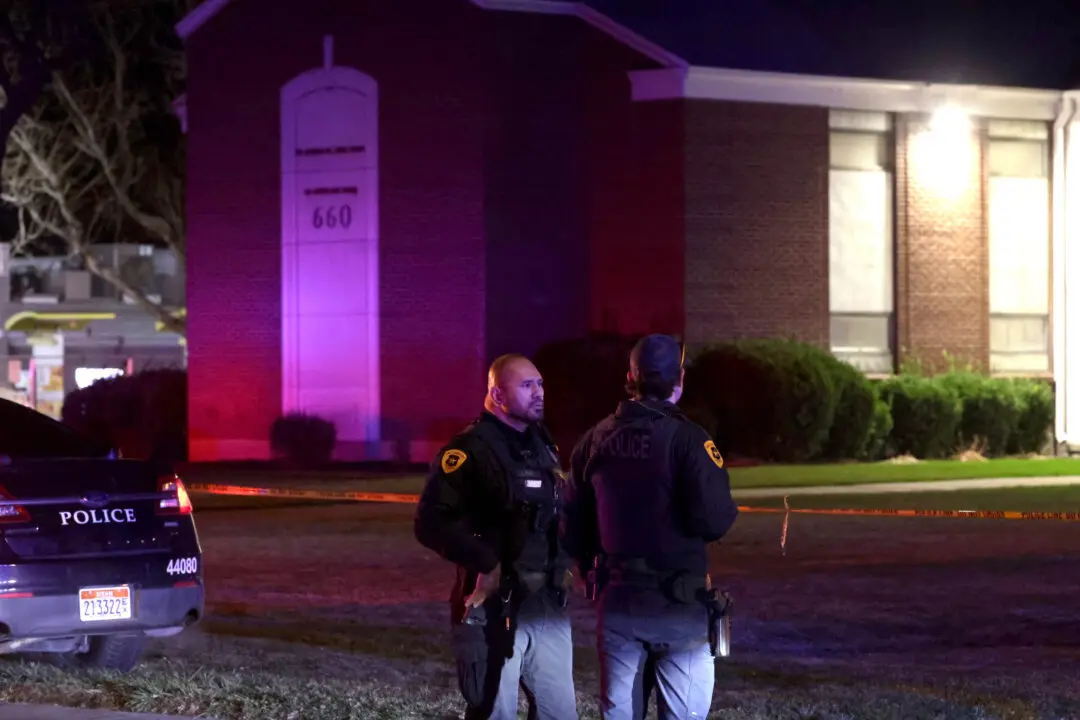FORT PIERCE, Fla.—Florida’s high-speed passenger train service suffered the first fatality on its new extension to Orlando on Thursday when a pedestrian was struck in what appears to be a suicide, officials said. Overall, it was Brightline’s 99th death since it began operations six years ago.
A northbound Brightline train headed to Orlando struck the 25-year-old man shortly before 9 a.m. near the Atlantic Coast city of Fort Pierce, St. Lucie County Sheriff Ken Mascara said at a news conference. He said the man was homeless and appeared to have intentionally stepped in front of the train.





